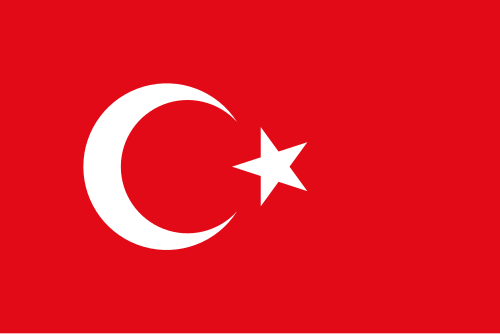The most tranquil WeWork I've ever set foot in.
If you're staying in Vila Madalena, it's well worth booking a day at this site which seems to eschew most of the worst trends associated with the brand. WeWork occupies this entire building, set off from one of the higher streets in the neighbourhood.
The All Access space is located on the seventh floor, with several balconies available to take in the views looking across a particularly green stretch of the city.
On the ground floor, there's an expansive outdoor seating area, with full-sized tables and sofas, with sufficient shade provided by the building's canopies. If you fancy getting sunburnt (or more likely wet), there's a large open-plan area on the building's roof.
What set this site apart was how quiet and peaceful it was, embodying the serene feeling which surrounds the neighbourhood. There was no music, no overly chatty staff at the community bar, no 11AM sound of table tennis rattling your ear drums. Most desks were occupied by individual independent workers, making it a professional and quiet space to get whatever you need done.
Coffee Lab is under a 5 minute walk away and Casa Jardim is a fantastic place to pick up an inexpensive lunch buffet in a beautiful building, even closer to the office.
If you're looking for a peaceful corner of São Paulo to get your workday done with minimal hassle - look no further.
Other WeWork options in São Paulo:
Avenue Paulista - Perfect location in what feels like the centre of the city. The All Access seating, however, appears to be taken by groups of office workers early in the morning, making it feel more like someone's private office than a quiet area to get work done.
R. Butantã, 194 - Large open-plan space for All Access members on the fifth floor. While it's a decent building with plenty of seats, the immediate neighbourhood isn't somewhere I'd intentionally choose to base myself for the long term.


.png)
.svg)






.svg)






.png)
.jpg)
.jpg)
.jpg)






.jpg)
.jpg)
.jpg)
.png)


.png)
.jpeg)
.jpg)